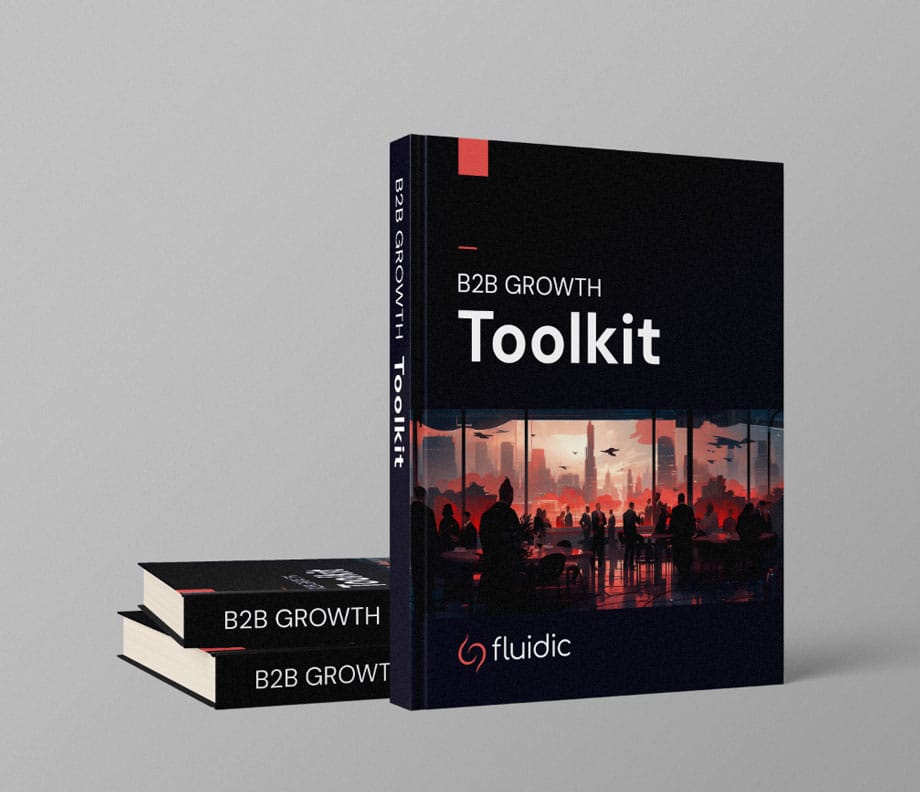Getting Prepared
Tying it together
OKRs and KPIs should be combined in order to help focus your marketing efforts, track progress and reach your top-level business goals.
The diagram looks complex and overwhelming, but it really boils down to a few simple steps to set up and reach your B2B marketing objectives effectively.
- Set a marketing objective that is aligned to a business goal. For example, if the goal is to increase revenue, the objective may be to generate more enquiries.
- Define a key result for that goal using the SMART (Specific, Measurable, Achievable, Relevant, Time-bound) framework. So our original objective may become 'Increase enquires by 20% in the next 3 months'.
- Figure out what metrics can be used to measure progress towards achieving the objective. For example, number of website visitors.
- Add a target to the metric for granular tracking and benchmarking such as 'double traffic every 3 months'.
You can find more detailed instructions in the practical guide further on in this section.
Are Key Results and Key Performance Indicators the same?
Not exactly. While Key Results (KRs) and Key Performance Indicators (KPIs) are both used to measure performance, they serve different purposes, yet they are related.
For example, a KR can be based on a KPI, meaning a KPI can be used as a measurable way to track progress toward an OKR. Example: If a company's OKR is to "Increase customer retention," a KR might be "Improve NPS from 50 to 70," and NPS (Net Promoter Score) itself could also be a KPI.
Key Differences Between KRs and KPIs
| Key Result (KR) | Key Performance Indicator (KPI) | |
|---|---|---|
| Purpose | Define measurable outcomes that indicate progress toward an ambitious objective. | Track ongoing performance in specific areas to ensure business health. |
| Scope | Change frequently (often quarterly) and are tied to specific, time-bound goals. | Are usually long-term and continuously monitored. |
| Focus | Define what success looks like for a particular goal. | Help monitor the business’s overall performance. |
| Analogy | Think of OKRs as a road trip. The Objective is the destination, the Key Results are the milestones along the way. | KPIs are like the fuel gauge, speedometer, and GPS—helping you understand if the car is running smoothly. |
Golden rules to getting the planning process right
- Goals should represent more than incremental improvements. Make them ambitious and try to stretch your organisation. Set aggressive targets, but still ensure they have the SMART qualities.
- Conversely, don't bite off more than you can chew and overdo the KPIs. 5–7 is more than enough for most SMEs, it will keep your reporting concise and actionable.
- Stick to the plan. Once you have it set, do not deviate. At least, not until you periodically review every 3, 6 or 12 months. This rule is crucial and cannot be understated. The number of companies that we've seen waste their investments by changing tack prematurely is astounding. Just don't do it!
